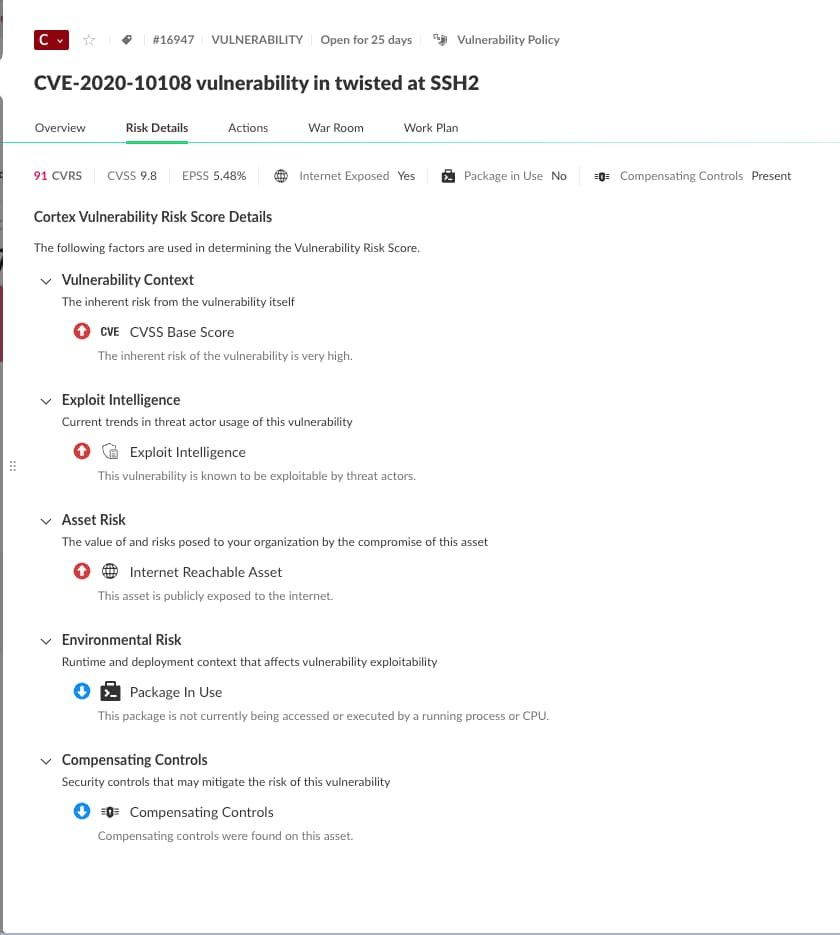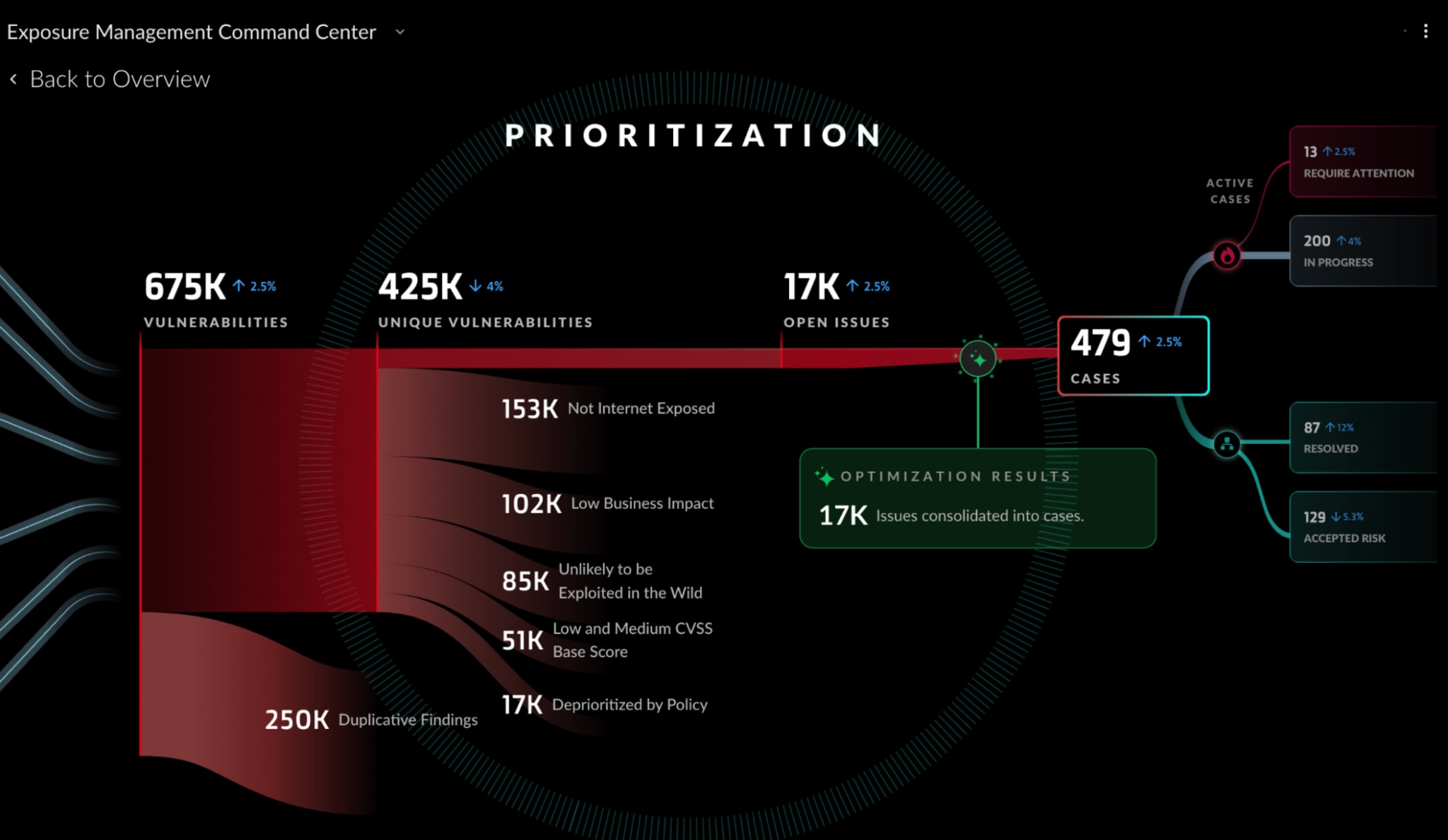Legacy vulnerability management presents a broken paradigm. Security teams confront an overwhelming backlog, often exceeding 100,000 vulnerabilities, a staggering 90% of which go unremediated each month. This deluge of low-context alerts produces a costly illusion of diligence, consuming finite resources in the pursuit of threats that will never manifest. Professionals spend their cycles chasing the 94% of vulnerabilities that never see exploitation in the wild, while true and imminent dangers become obscured within a fog of digital noise.
The path forward is not another, longer list, but an intelligent, context-aware score. This new capability in Cortex Exposure Management, the Cortex Vulnerability Risk Score (CVRS), leverages the full power of the Cortex XSIAM platform to pinpoint the exposures that truly matter.
Consider the vulnerability analyst beginning their day, not with a clear set of priorities, but with a cascade of millions of potential findings from disparate scanners. The analyst's primary tool, the Common Vulnerability Scoring System (CVSS), offers a static and context-poor metric. It cannot distinguish a critical vulnerability on an internally isolated server from a medium-severity, exploitable flaw on a production system facing the internet without any compensatory security controls.

XSIAM’s integrated data architecture underpins this approach. CVRS isn’t a bolt-on; it’s the native outcome of a single, unified data model. Powered by the Cortex Data Lake (XDL), we “collect once, analyze infinitely” by centralizing security data, so every capability works from the same complete dataset rather than isolated silos.
This means when you enable Cortex Exposure Management, it can instantly correlate vulnerability data with the rich context of actual network activity and user behavior patterns already in the platform. Because the data is already there, CVRS can immediately synthesize these multiple crucial dimensions of risk into a single, opinionated score. The system looks beyond the base CVSS score to assess the full profile of the vulnerability itself. It dynamically synthesizes multiple streams of threat intelligence to evaluate the probability of a vulnerability being actively exploited in the wild. The score answers the crucial questions of asset and environmental risk: Is the asset reachable from the internet, and is the package ever loaded in memory or invoked?
Perhaps the most profound departure from traditional methods comes from understanding the existence of compensatory security controls. Few organizations have the capacity to manually map their existing security architecture against their vulnerabilities. Because Cortex XSIAM ingests data from across the security portfolio, including XDR agents, it automatically discovers these security controls and assesses their effectiveness. This rich inventory becomes a direct, weighted input into the CVRS. An asset with a known security control in place sees its score lowered. In contrast, a system with an ineffective security control remains a high priority, instantly highlighting both a critical risk and a misconfiguration in a single view.

This synthesis of context provides the engine for AI-driven Precision Filtering. The practical result transforms the scale of the problem. An organization confronting millions of vulnerability findings sees that number shrink dramatically. CVRS helps security teams focus on the risks that matter most. It automatically elevates critical threats to the top of the list - such as an exploitable vulnerability on an internet-exposed server that lacks a detected security control. Simultaneously, the system elevates a vulnerability with a medium CVSS score because it resides on an internet exposed asset, appears on the CISA KEV list, and involves a software package confirmed to be in use.
This process constitutes more than simple reprioritization; it produces up to 99% reduction in noise. It guides teams from a state of alert fatigue toward a focused, proactive defense, zeroing in on the real risks that demand immediate attention.
Stop chasing static scores and begin neutralizing dynamic risks. The principles of exposure management, powered by the new Cortex Vulnerability Risk Score, provide the clarity and focus your team requires. We invite you to schedule a personalized demonstration to witness how a deep understanding of asset and compensating control context can reduce your vulnerability noise and sharpen your defenses.